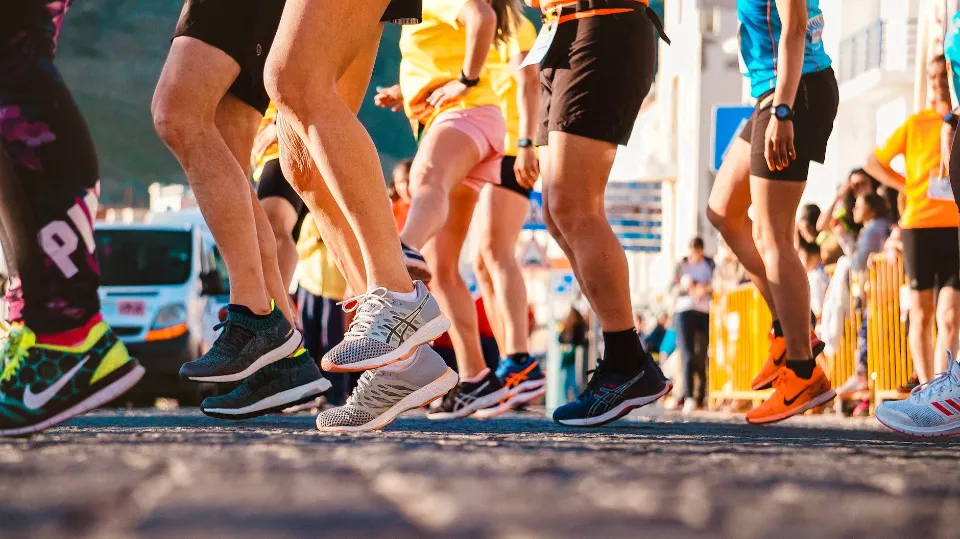
Does Running Make Your Legs Bigger – Demystifying Fitness Myths
Running is a well-liked exercise activity that has been shown to improve the heart and overall physical condition. Running can allegedly make your legs bigger, which worries people who want to look leaner because of the widespread belief that this happens.
This article will debunk this myth about fitness and explain how running affects leg size. We will talk about how running affects muscle tone, body composition, and general leg appearance.
You can better appreciate how running can help you achieve your fitness goals by comprehending the science behind it and how it affects the leg muscles. Explore the actual impacts of running on leg size by separating fact from fiction.
Does Running Make Your Legs Bigger?
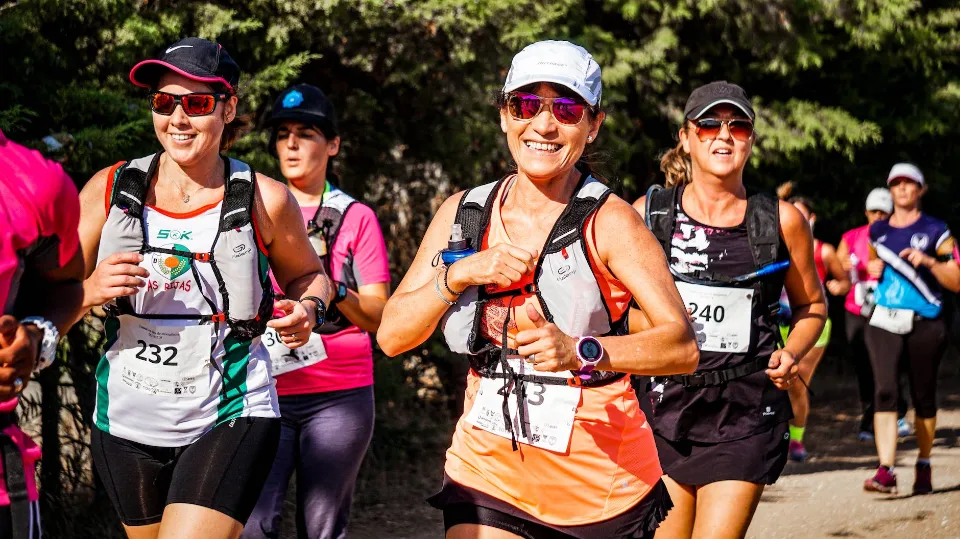
Your style of running has the biggest impact on how big your muscles are.
Our bodies contain various kinds of muscle fibers. And just like people, muscles also come in a variety of sizes and shapes. Your leg size depends on the type of running you do, which employs various muscle fibers.
Running long distances uses Type I muscle fibers, which prevents them from growing larger.
However, they lack the strength of larger muscles like the Type II muscles. These small fibers are excellent at withstanding fatigue.
Therefore, even though you are increasing your strength and muscle mass by running farther distances, you might not notice an increase in leg size.
That’s a different story if you’re running or strutting.
When sprinting or performing short bursts of fast running, Type II muscle fibers are used, which are larger and have a stronger contraction force for high power output.
This explains why distance runners have very thin and lean legs, while sprinters have thighs and glutes that are much larger.
Read More: Why Do My Teeth Hurt When I Run
Factors That Influence Whether Running Makes Your Legs Bigger

Whether or not running makes your legs bigger depends on additional factors. Let’s take a look at them:
Running Intensity
As previously mentioned, your legs won’t get bigger if you run longer distances at a slower pace. The smaller Type I muscle fibers that you develop will be of this type. Sprinting causes you to develop Type II muscle fibers, which are bigger and more powerful. Your legs will grow in size as a result.
Terrain
As a result of the hills and varying terrain they run on, trail runners frequently have bigger legs.
Running up hills requires you to use your Type II muscles forcefully, just like when you lift weights.
Therefore, it’s possible that running will make your legs bigger if you run a lot of hills during your training.
Your Diet
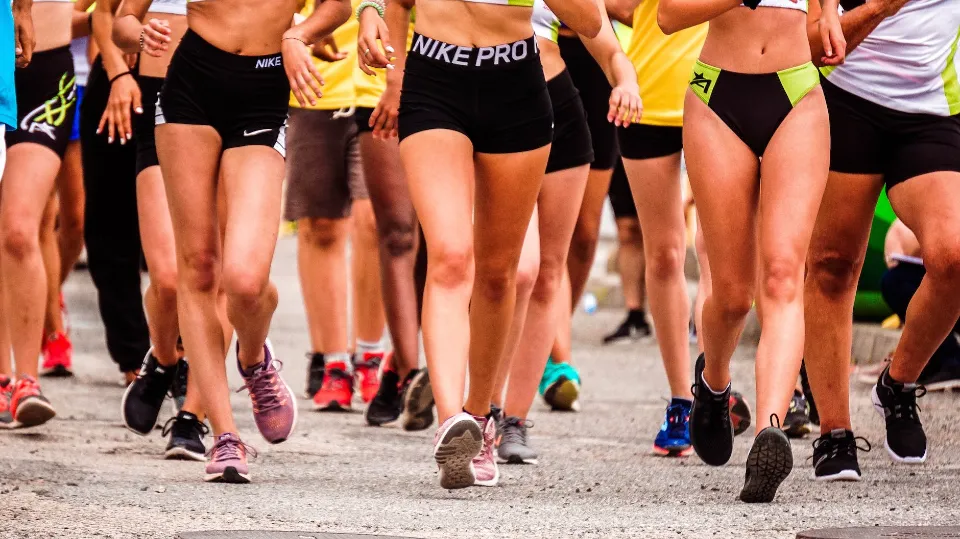
Exercise burns calories. Running burns about 100 calories per mile on average. Therefore, you will burn 600 calories if you run 6 miles in an hour!
The more you run, the more weight you will likely lose unless you eat more than the calories you burn, which is a common mistake new runners make.
Many inexperienced runners exaggerate how many calories they burn or under or over-nutrition, which causes them to binge later. You can prevent overeating by refueling and eating a small, carb-rich snack after runs longer than an hour.
How to Run Without Getting Bulky Legs
Assuming you would like tips on how to avoid getting bulky legs from running:
1. If you’re a beginner, ease into running slowly by starting out slow. Injuries can result from running too hard or too fast too soon. Start out by running for shorter amounts of time, then over the course of a few weeks, gradually increase your running time.
2. Include intervals; alternate between periods of walking and running, or between periods of running at various speeds. By doing so, you’ll be able to avoid overusing your muscles and lower your risk of injury.
3. Be dependable; make an effort to adhere to a regular running schedule. Don’t overdo it though; it’s important to pay attention to your body and take breaks when necessary.
4. Strength training: In addition to running, including strength-training exercises in your routine will prevent you from developing chubby legs. Your hamstrings, glutes, and calves should be the focus of your workouts.
Conclusion
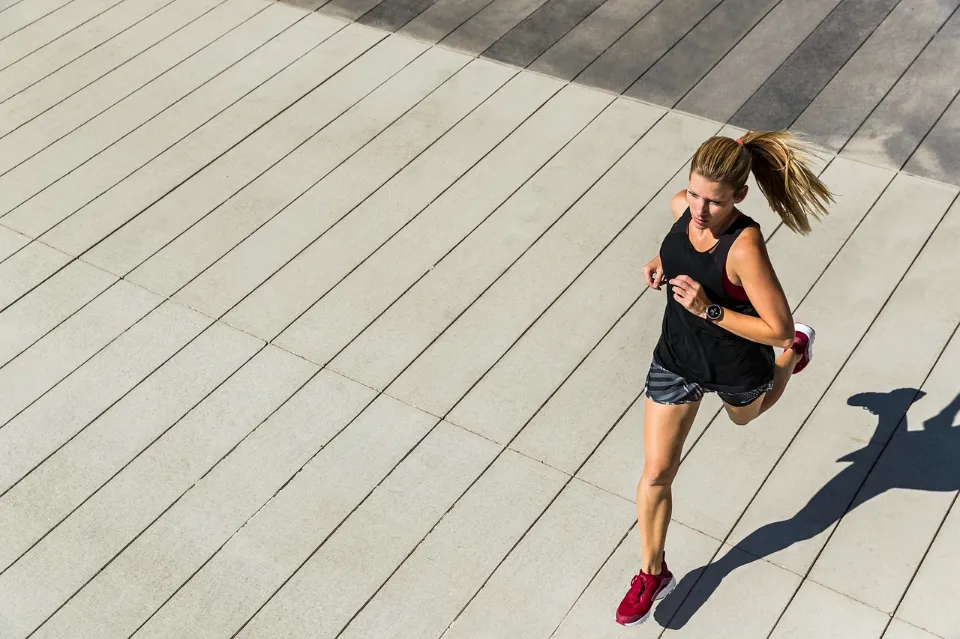
Running can aid in weight loss, but it all depends on your diet and other activities. You must practice consistency in your running and maintain a healthy diet if you want to see results. You can learn more about how to improve your health and body from this blog, I appreciate you reading.




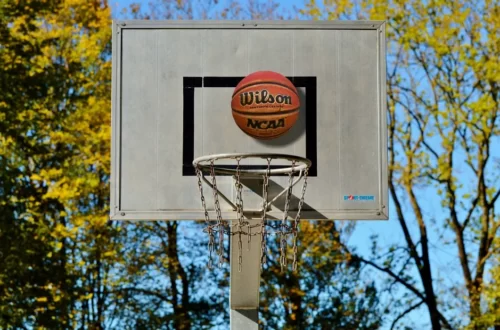
Average Rating